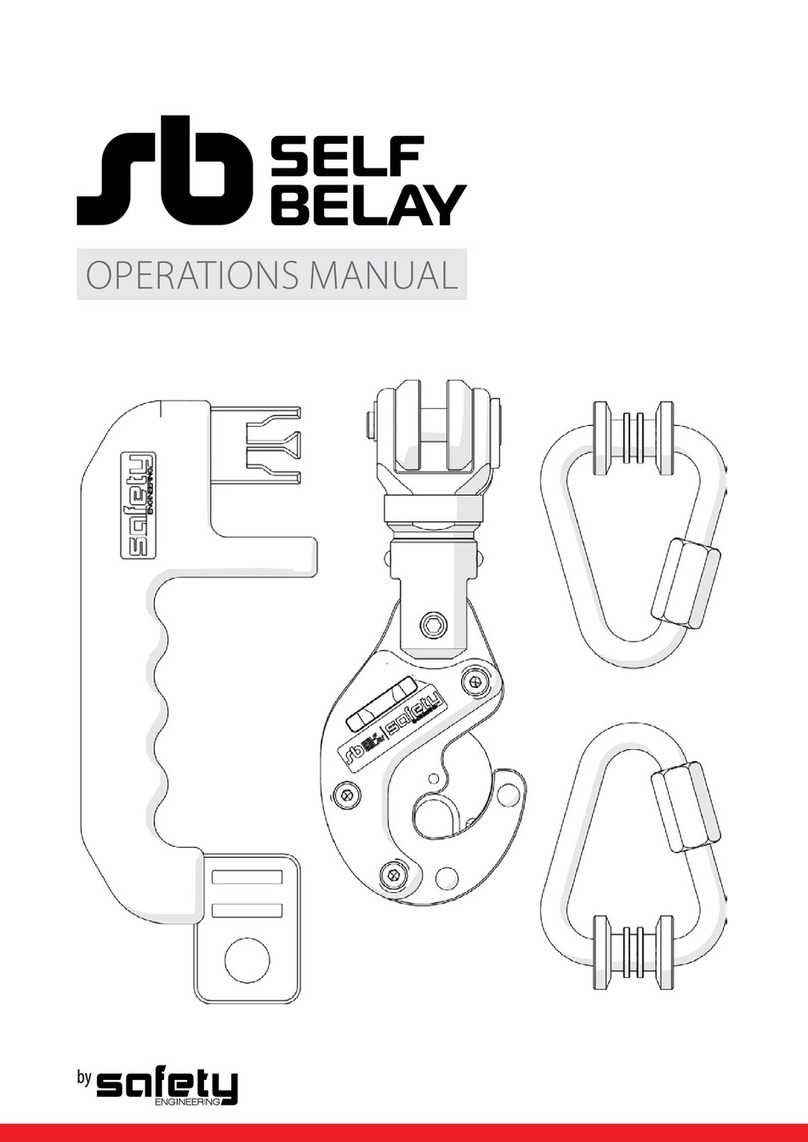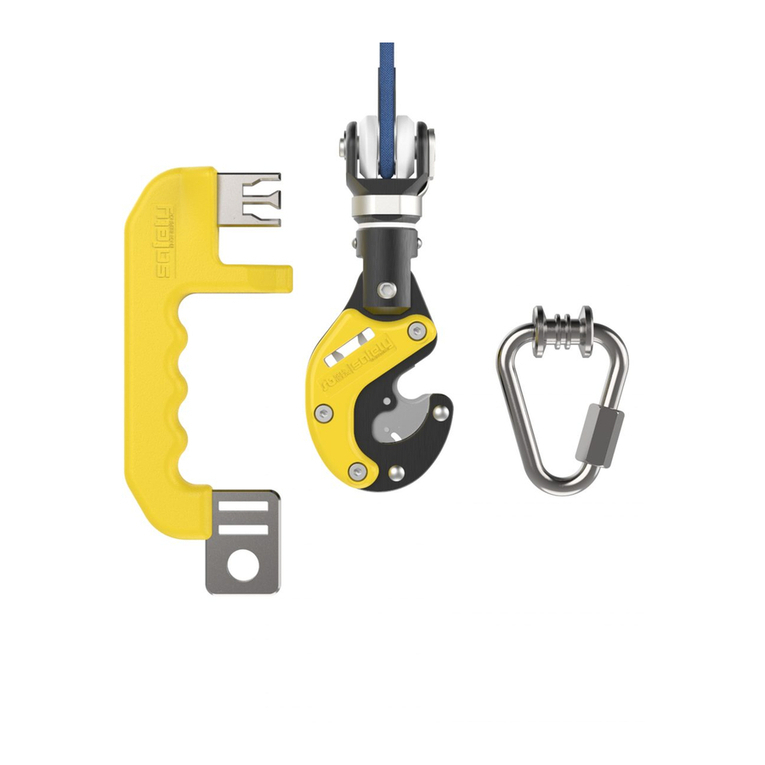
page 2
111v Tsarigradsko Shose blvd, 1784 Soa, Bulgaria | info@safetyeng.eu | www.safetyeng.eu
Table of contents
Table of contents .................................................................................................................................................. 2
1. Introduction and overview ........................................................................................................................... 3
2. Product identication ..................................................................................................................................... 4
3. Certication ........................................................................................................................................................ 4
4. Manufacturer information ............................................................................................................................. 5
5. Conformity assessment ................................................................................................................................... 5
6. Register your device ....................................................................................................................................... 5
7. Compatibility with autobelay devices and harness ......................................................................... 5
8. Device specication ...................................................................................................................................... 6
9. Installation ............................................................................................................................................... 7
9.1. Prepare the Self Belay device ......................................................................................................... 7
9.2. Installation on steel cable ................................................................................................................... 8
9.3. Installation on textile webbing ........................................................................................................ 9
9.4. Installation of quicklinks to user harness .................................................................................. 10
9.5. Installation of Self Belay key ........................................................................................................... 11
10. Usage of the Self Belay ........................................................................................................................... 11
11. Inspection and maintenance ................................................................................................................. 13
11.1.Dailyinspection.......................................................................................................................................13
11.2. General care ............................................................................................................................................ 16
11.3. Daily checklist ......................................................................................................................................... 18
11.4. Annual maintenance and recertication ...................................................................................... 19
12. Lifespan ....................................................................................................................................................... 22
13. Warranty information ......................................................................................................................... 22





























